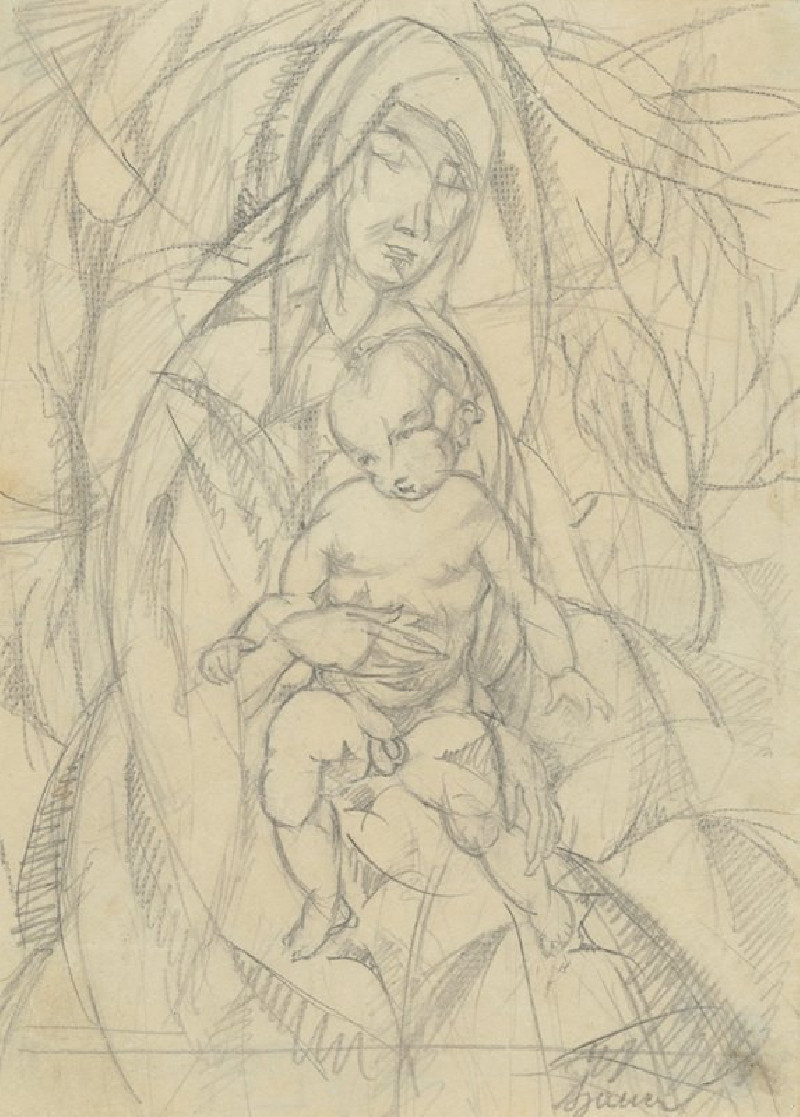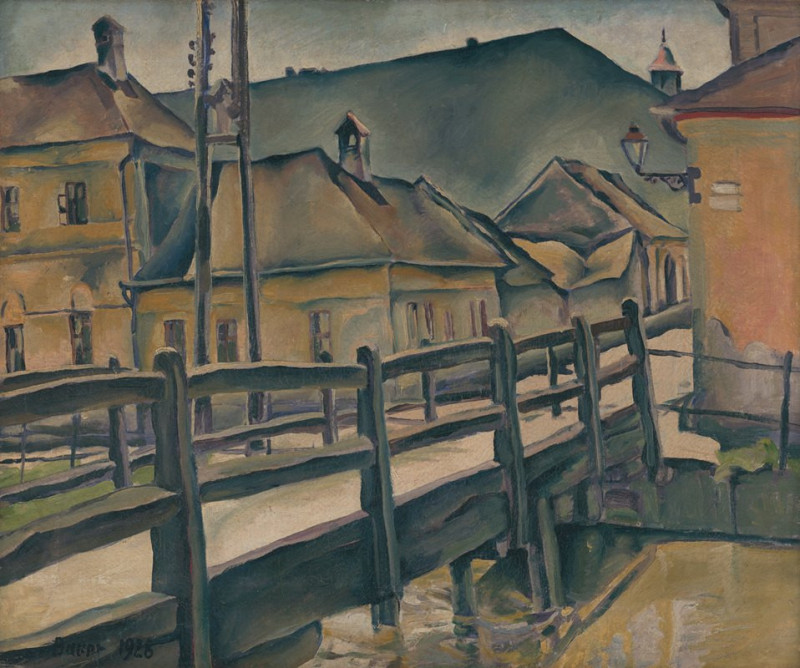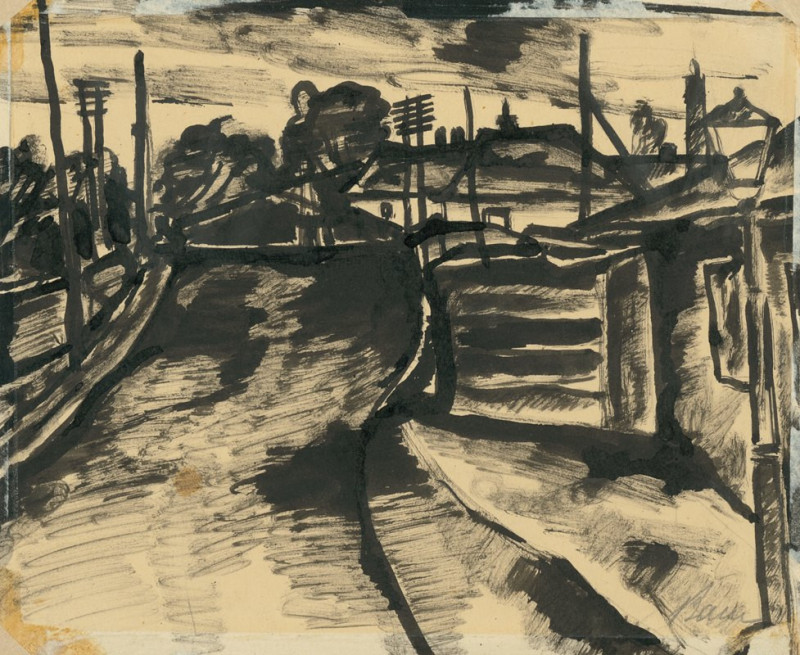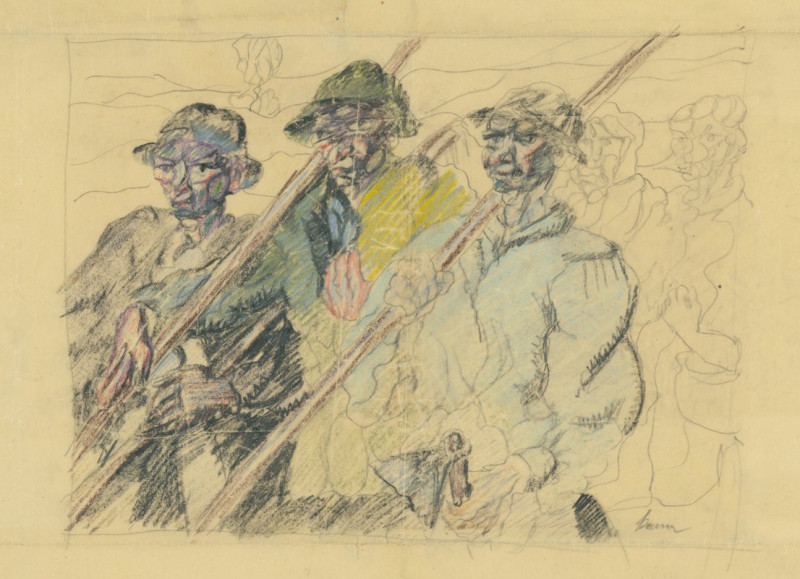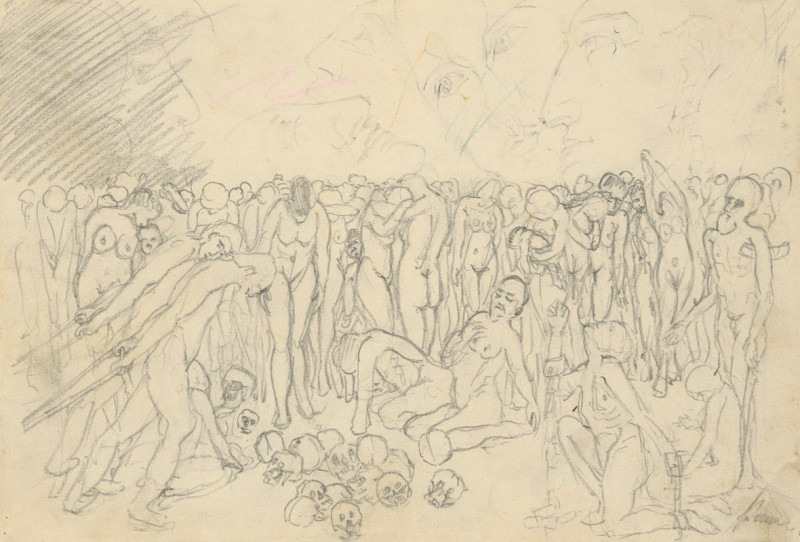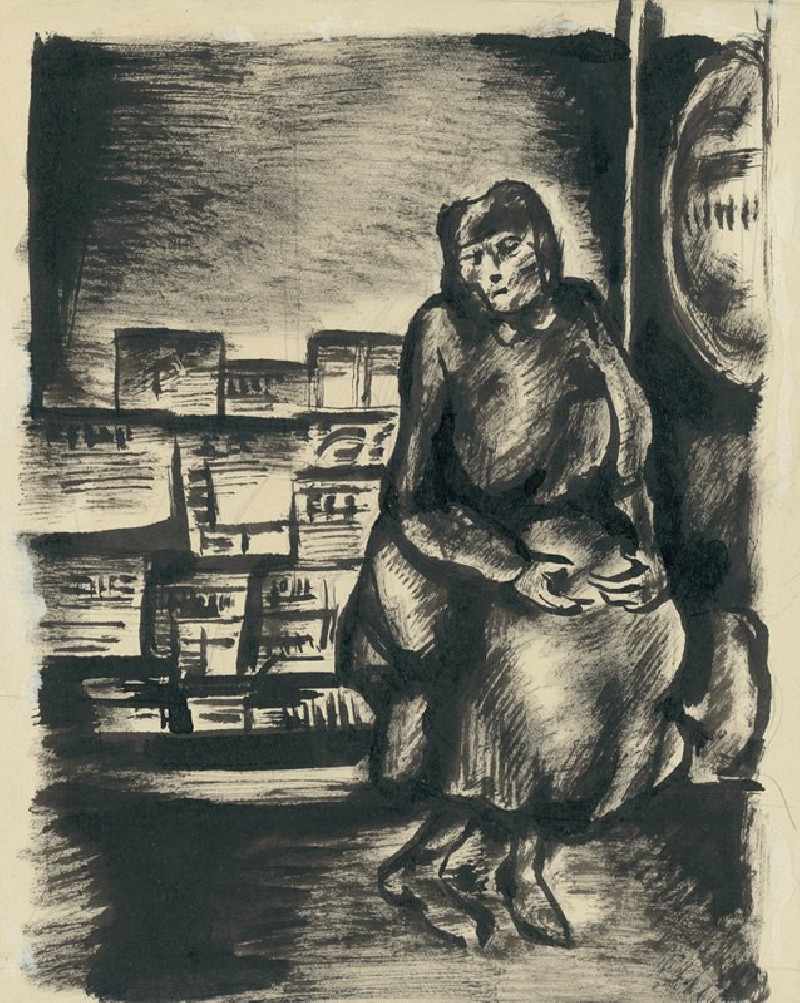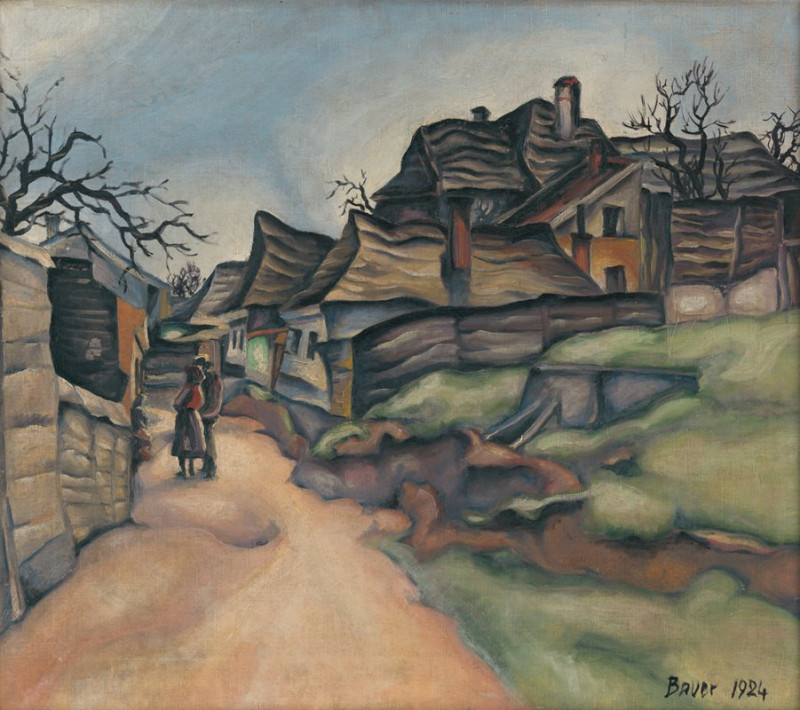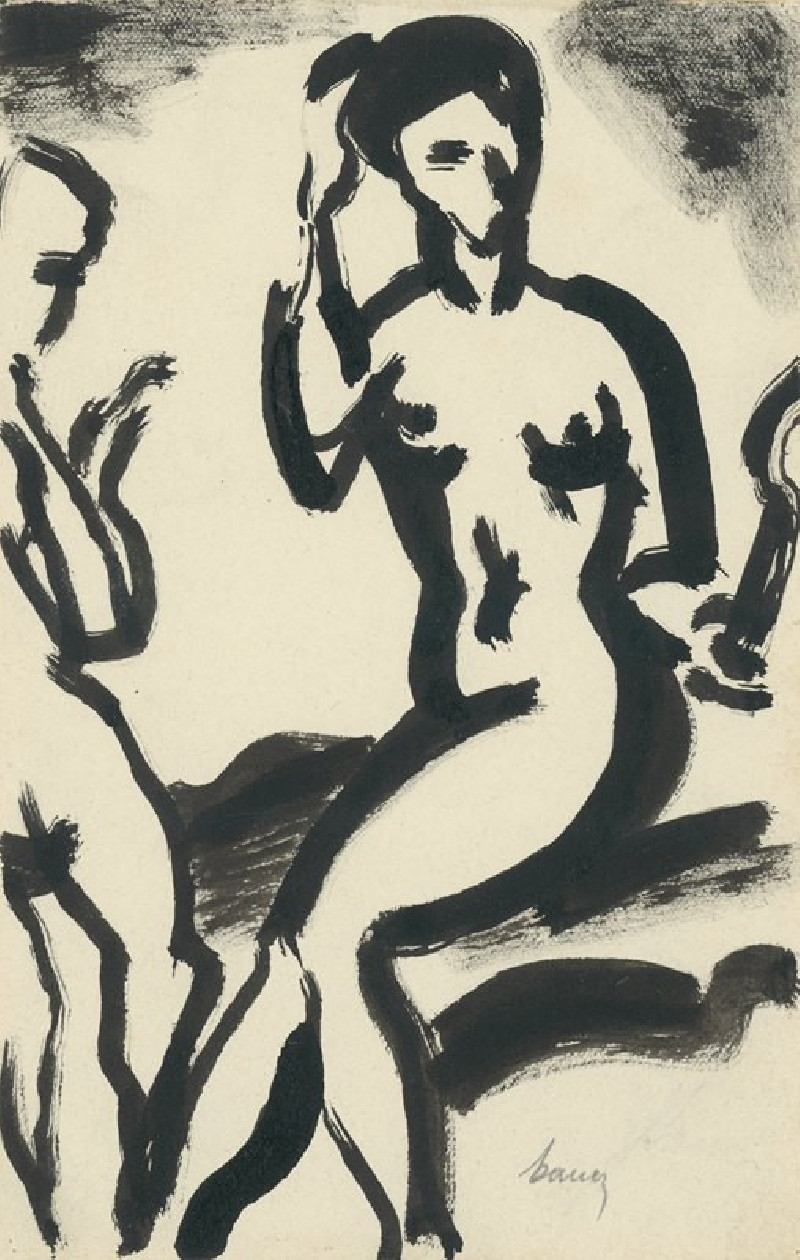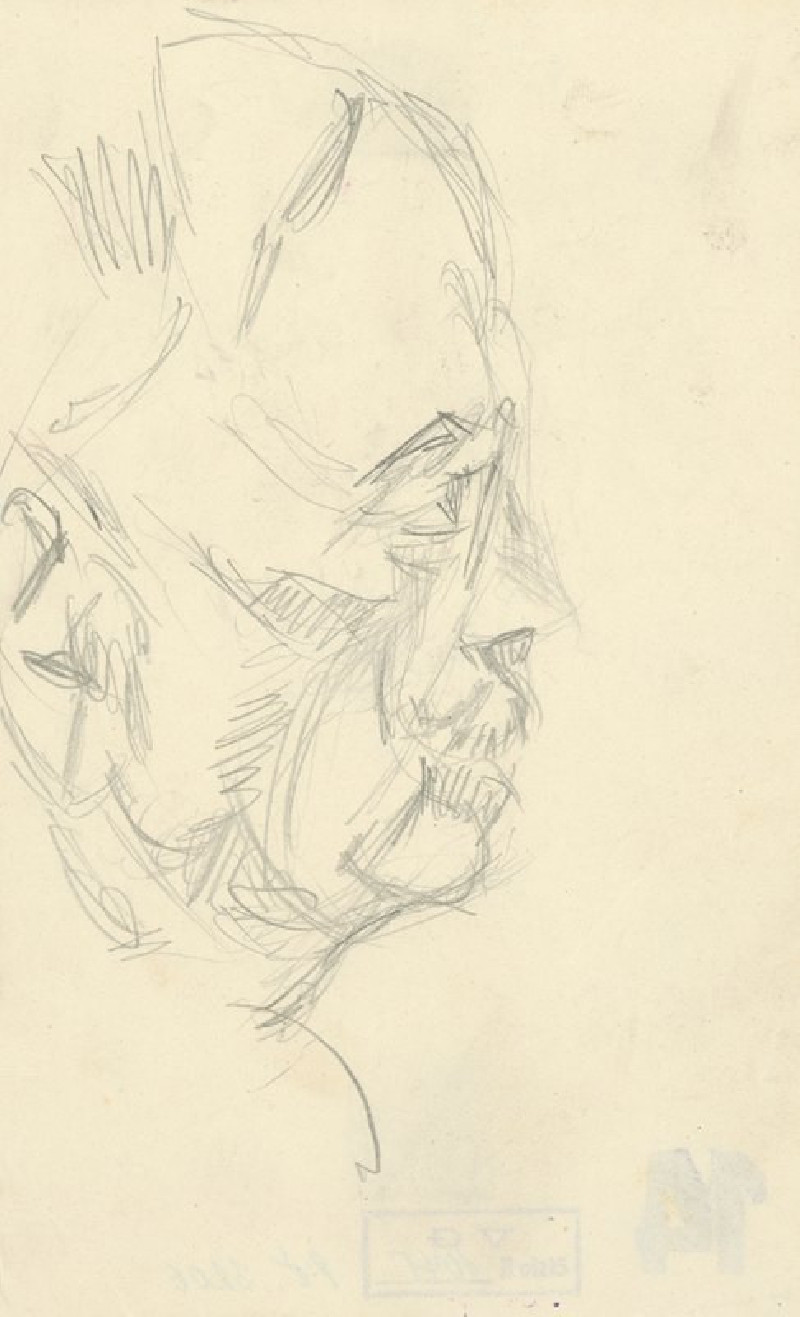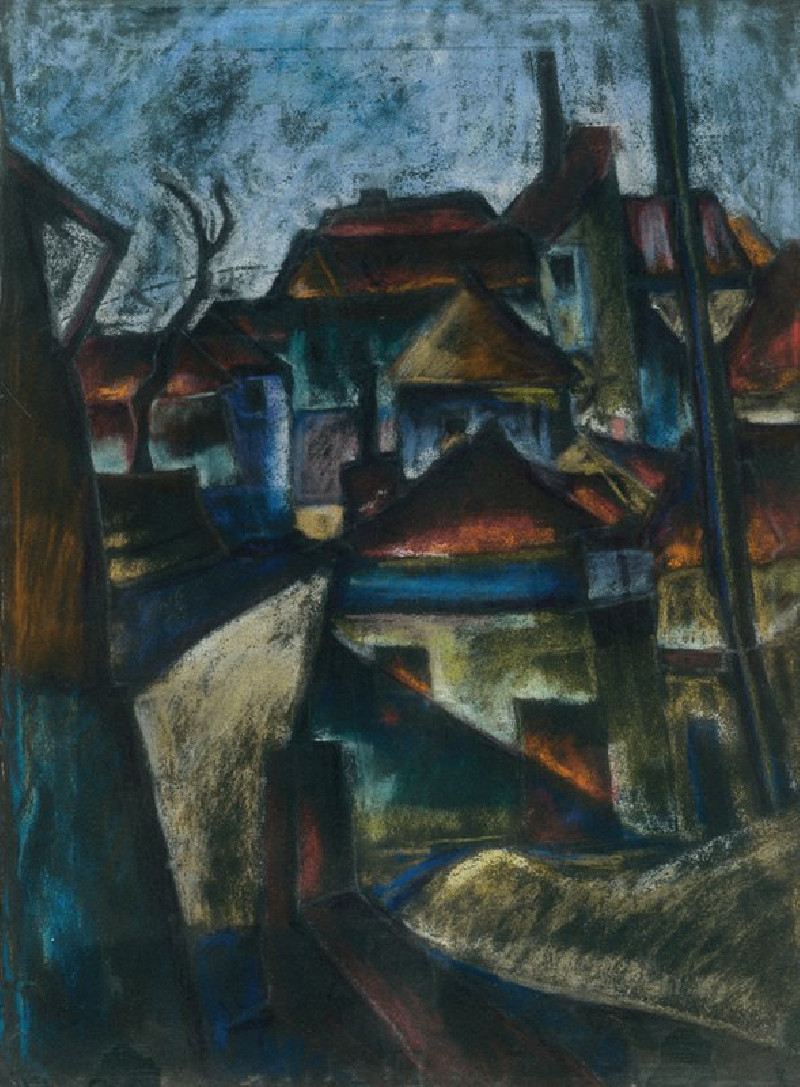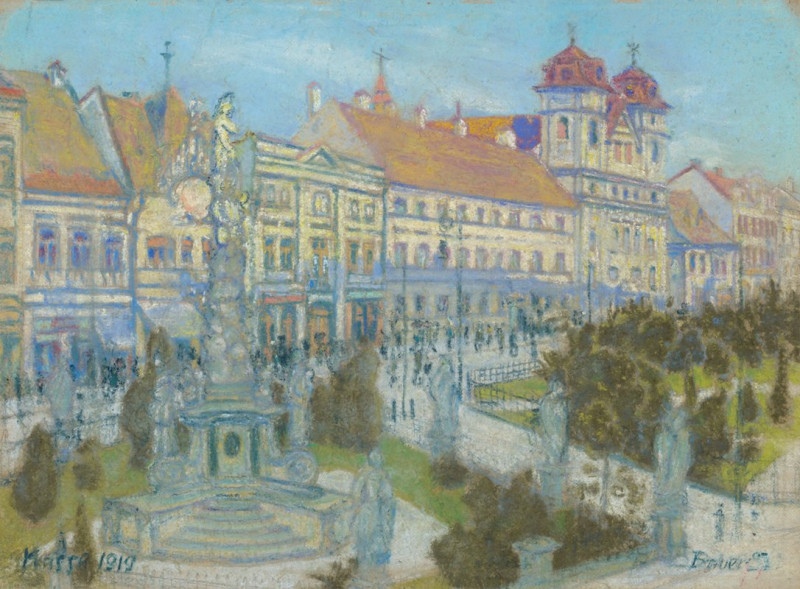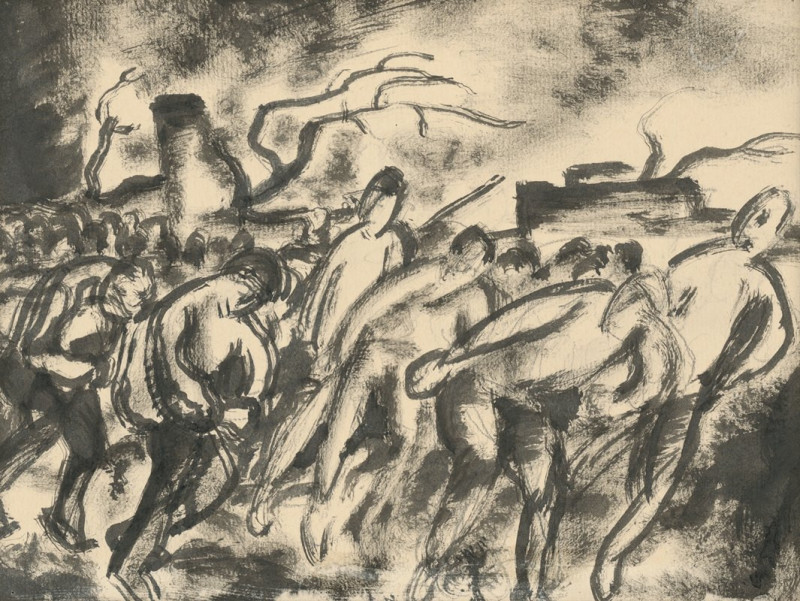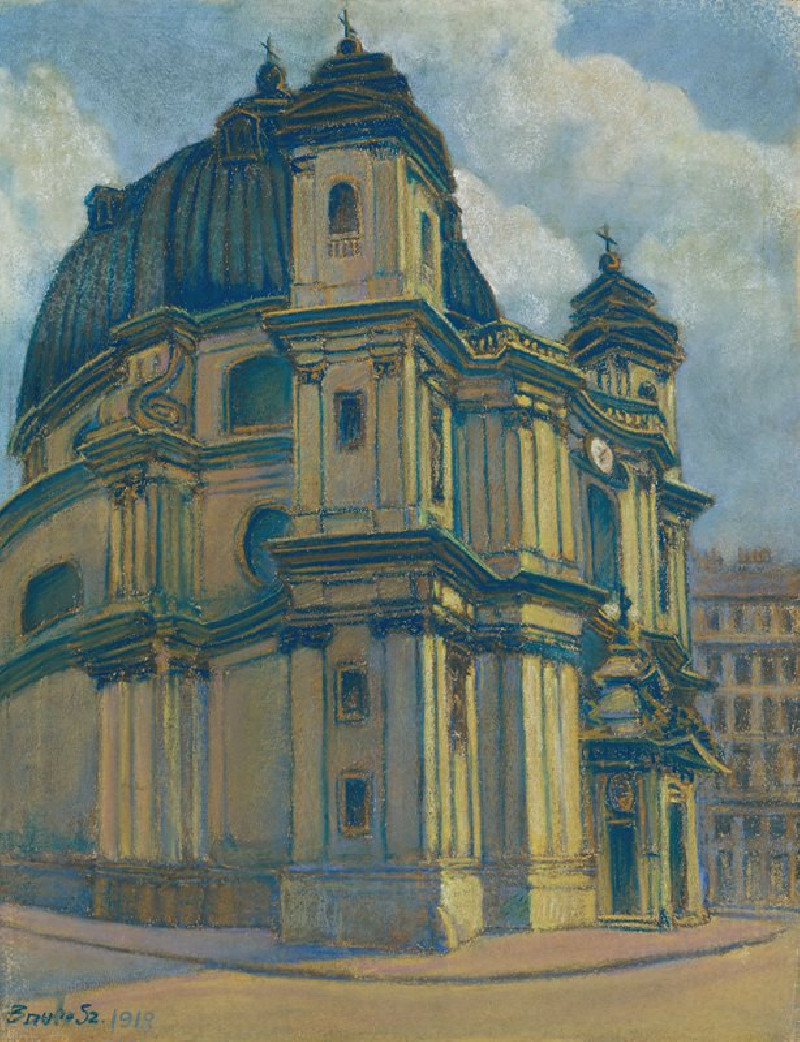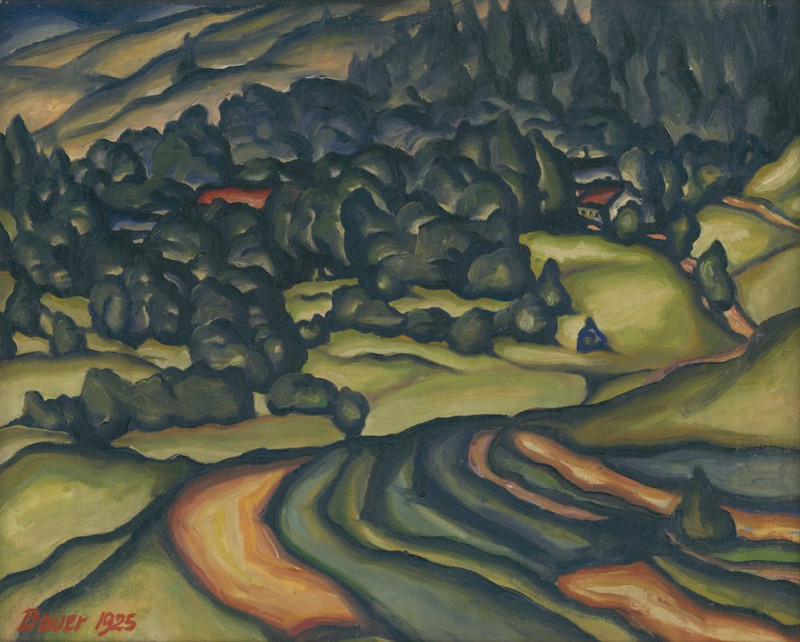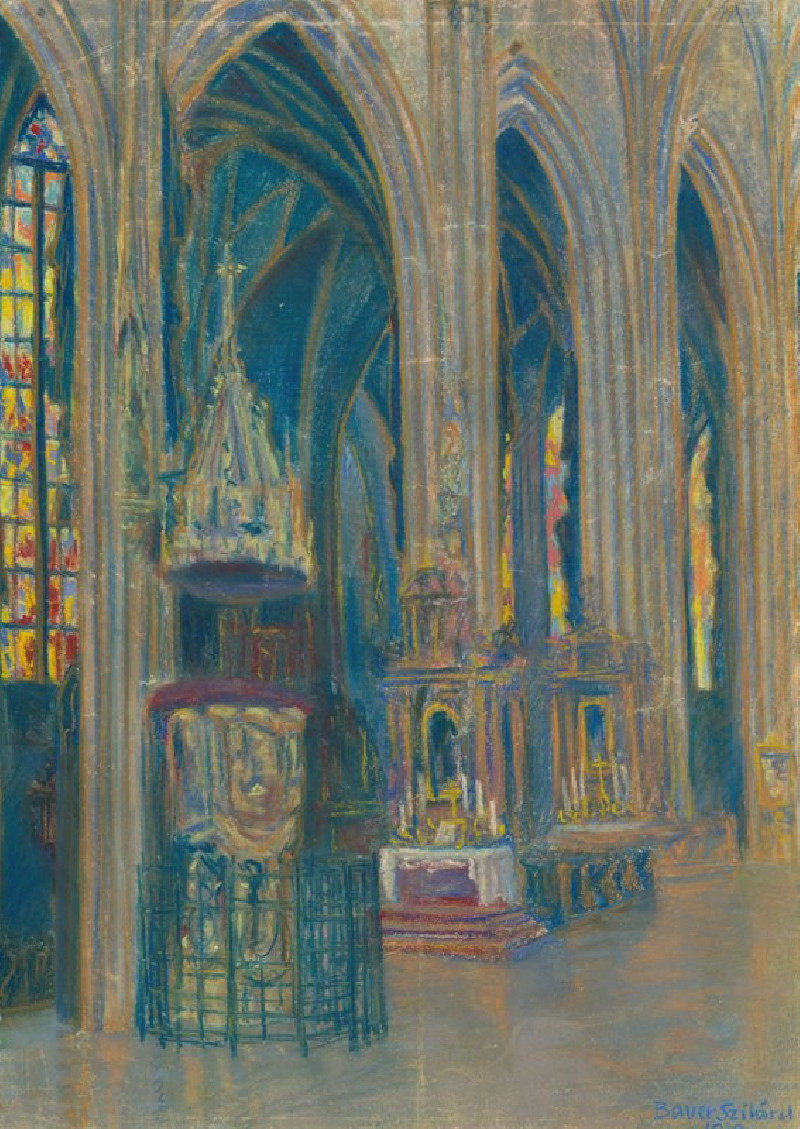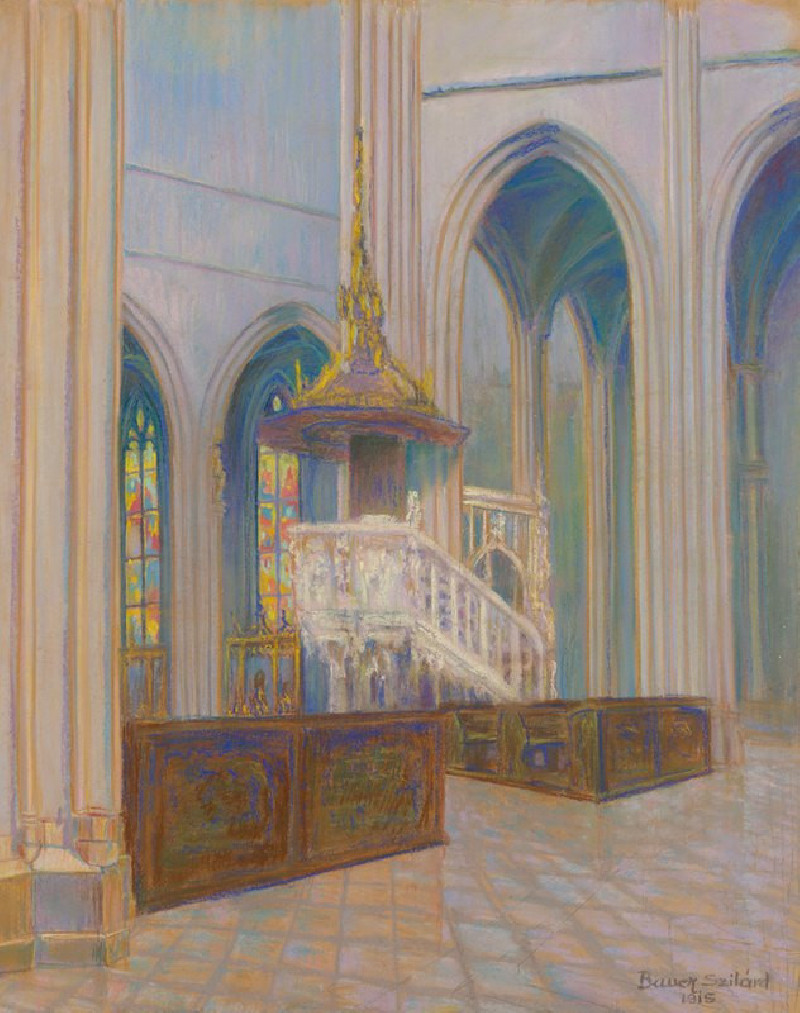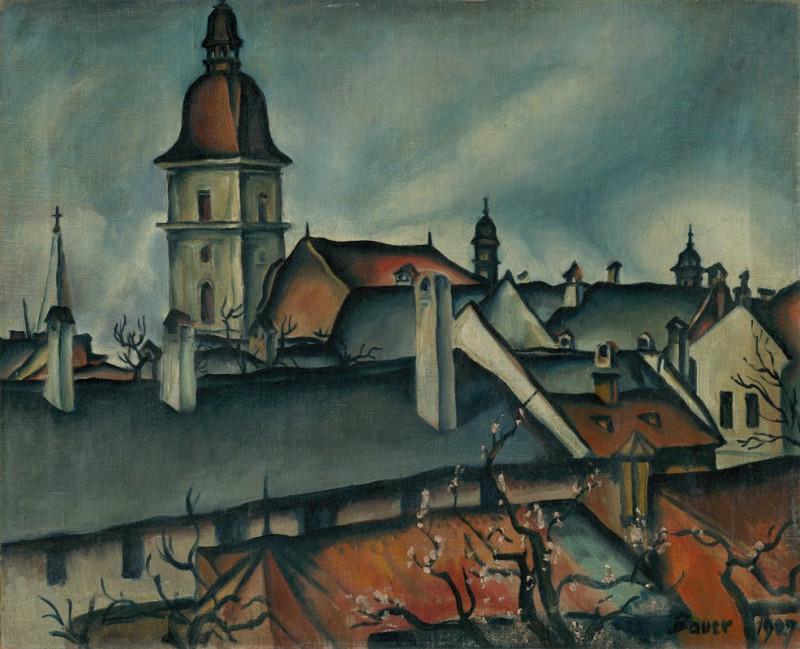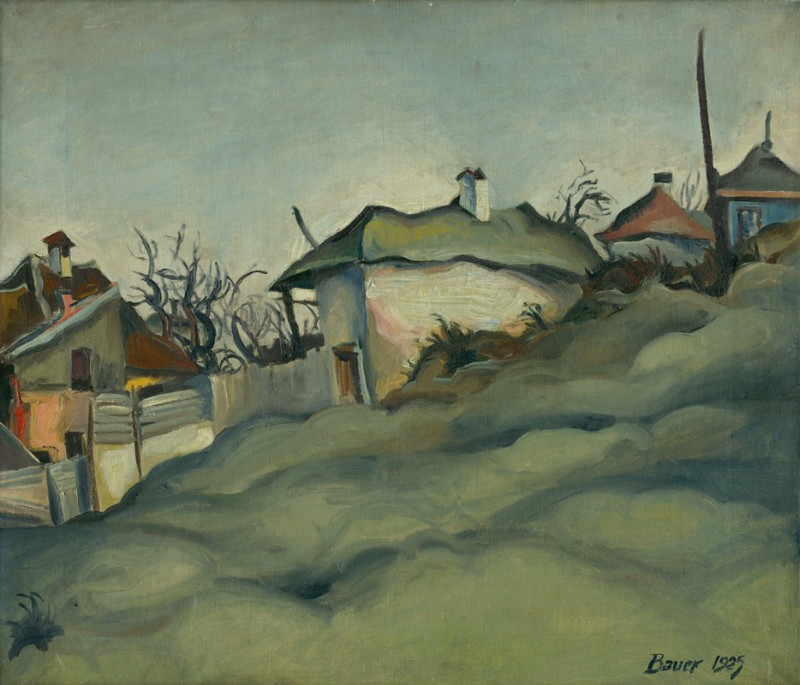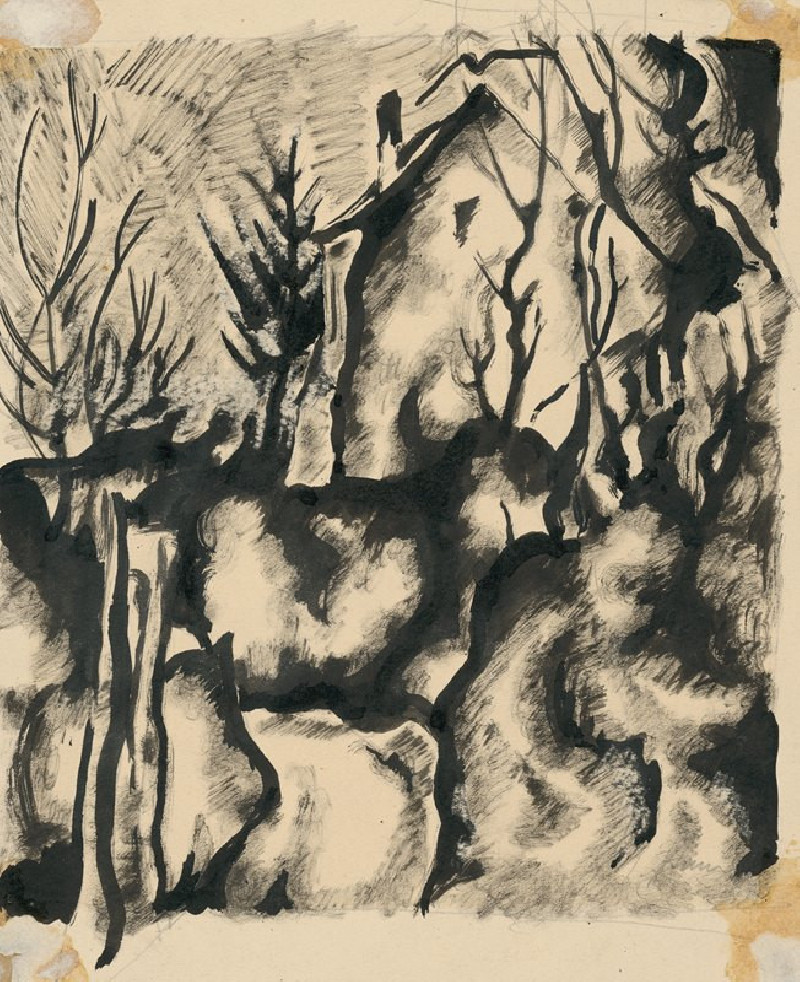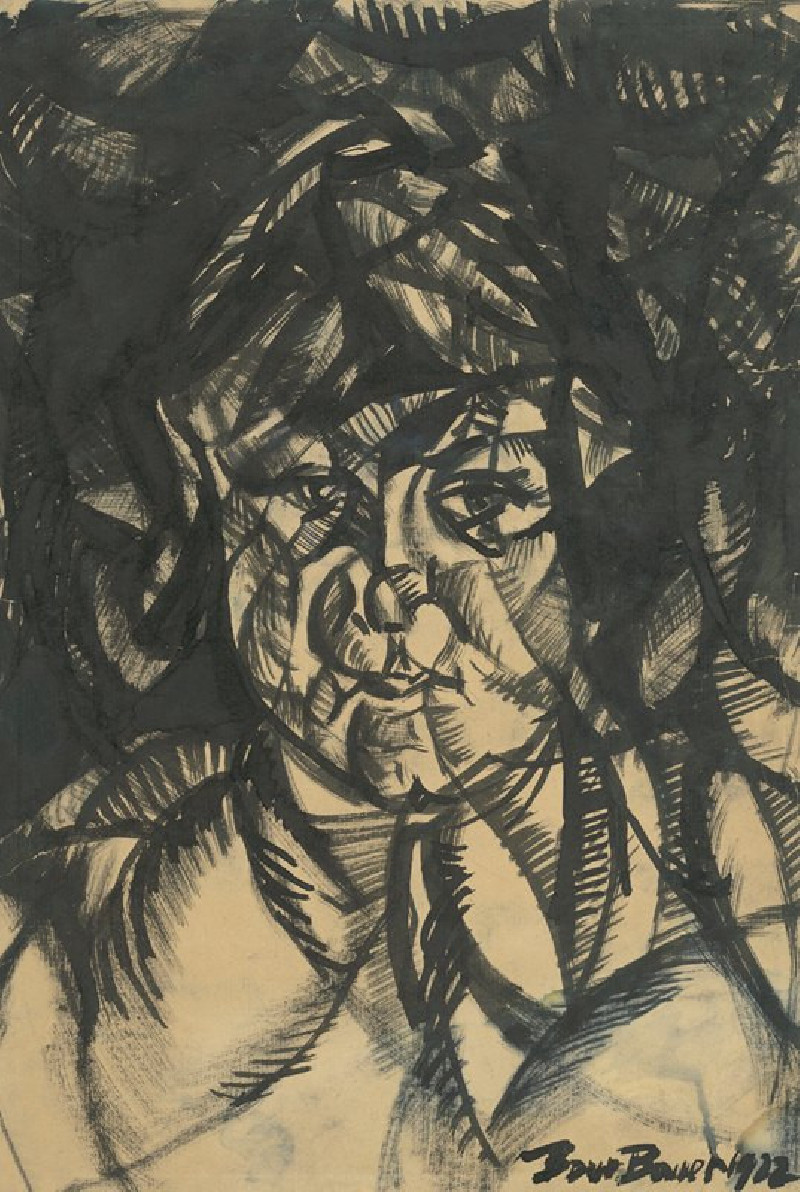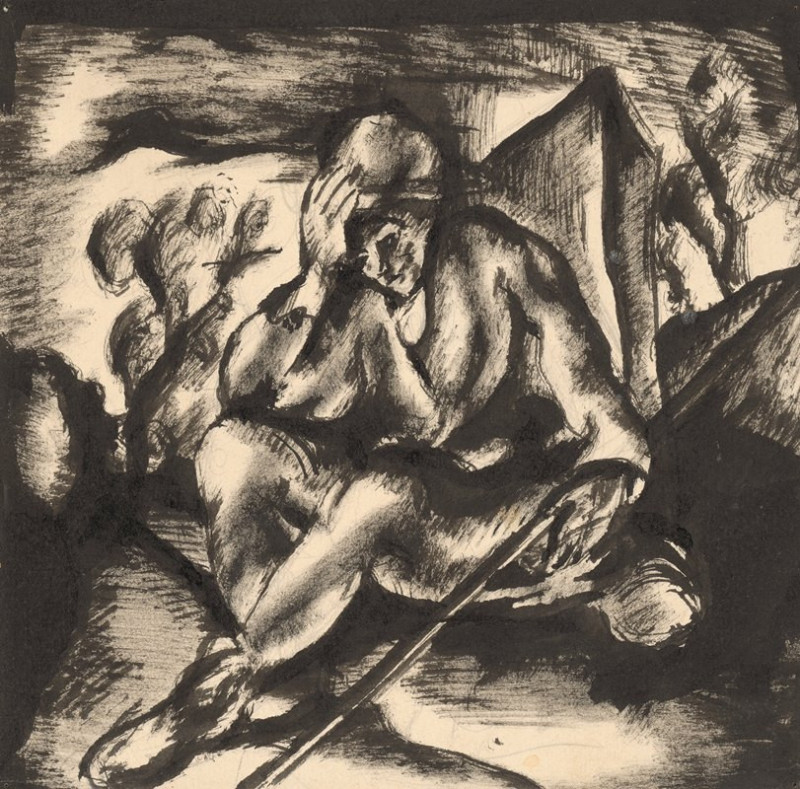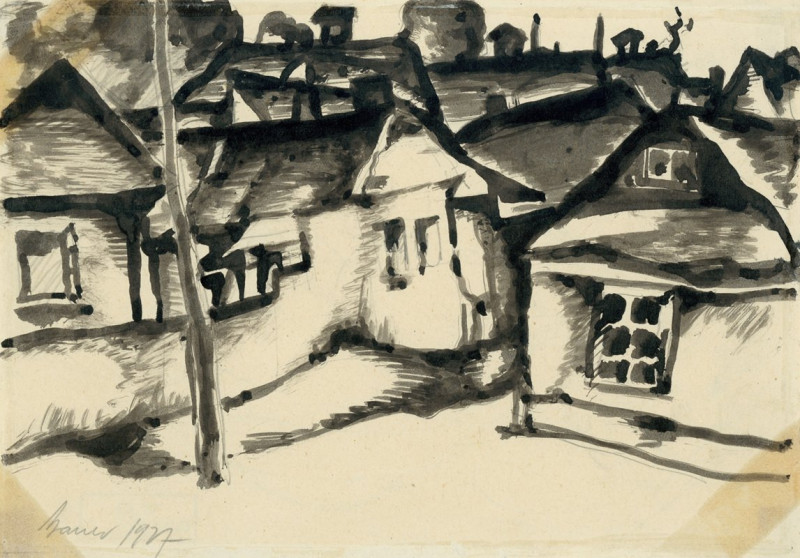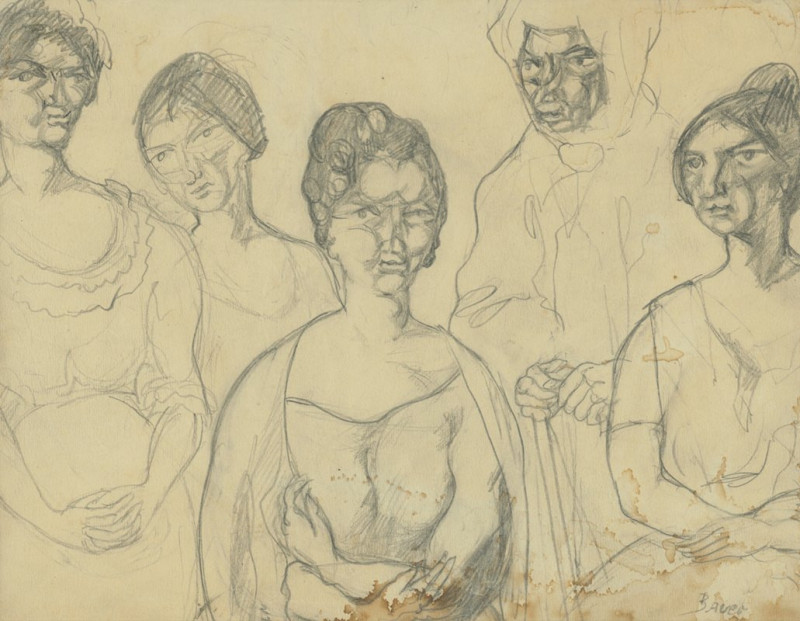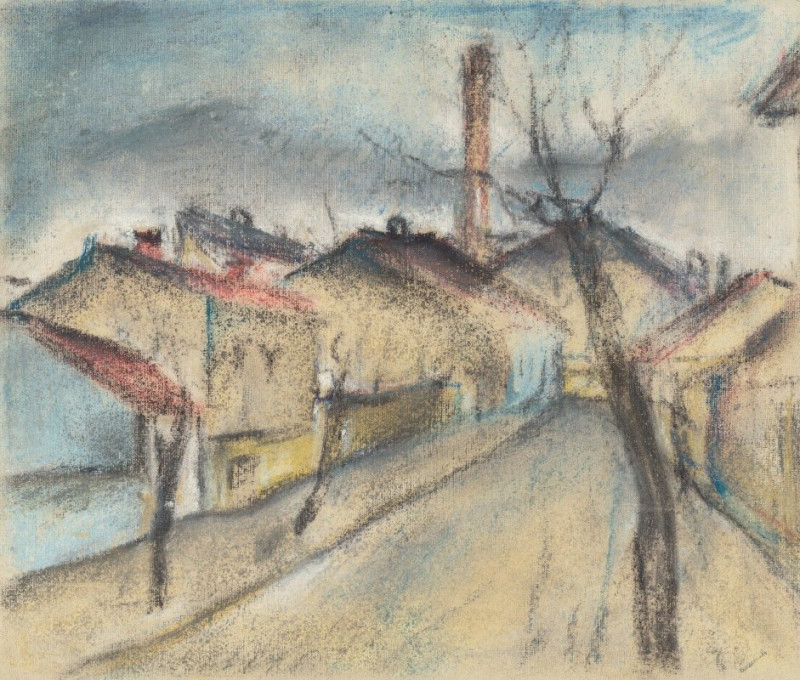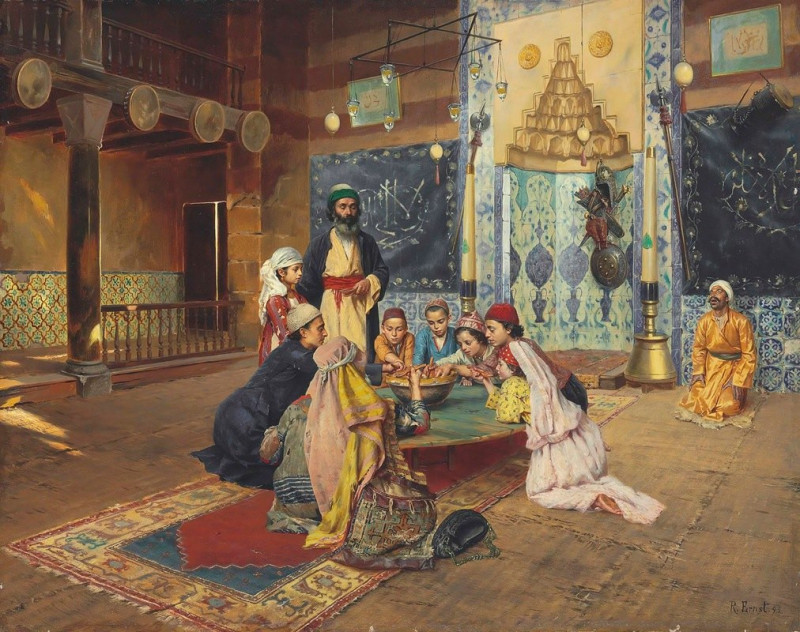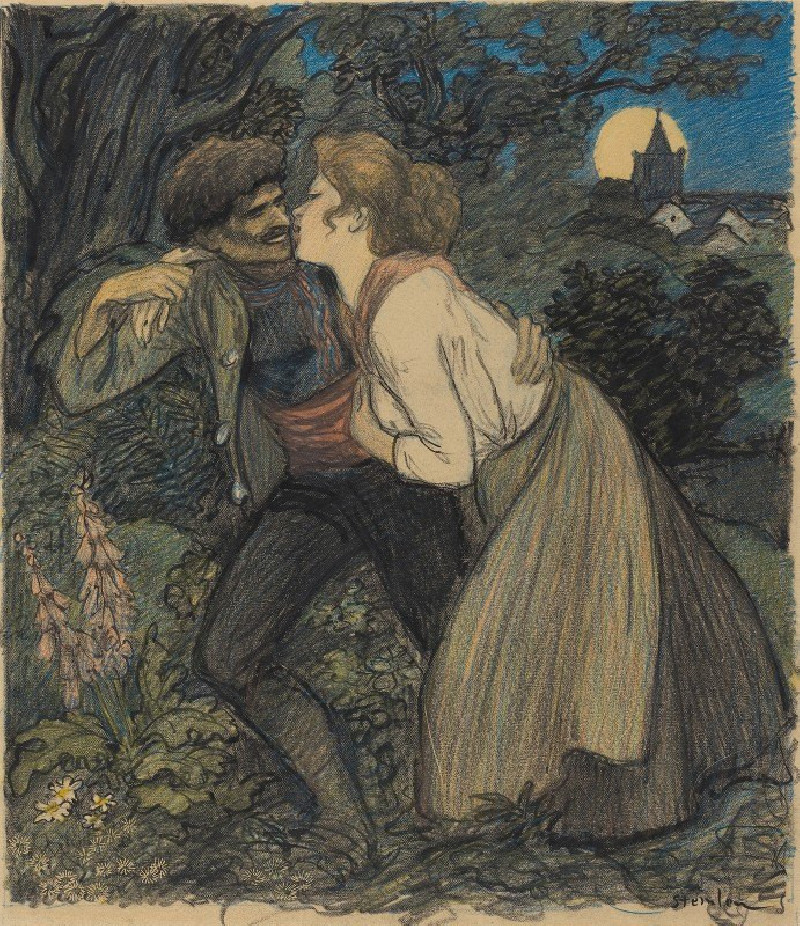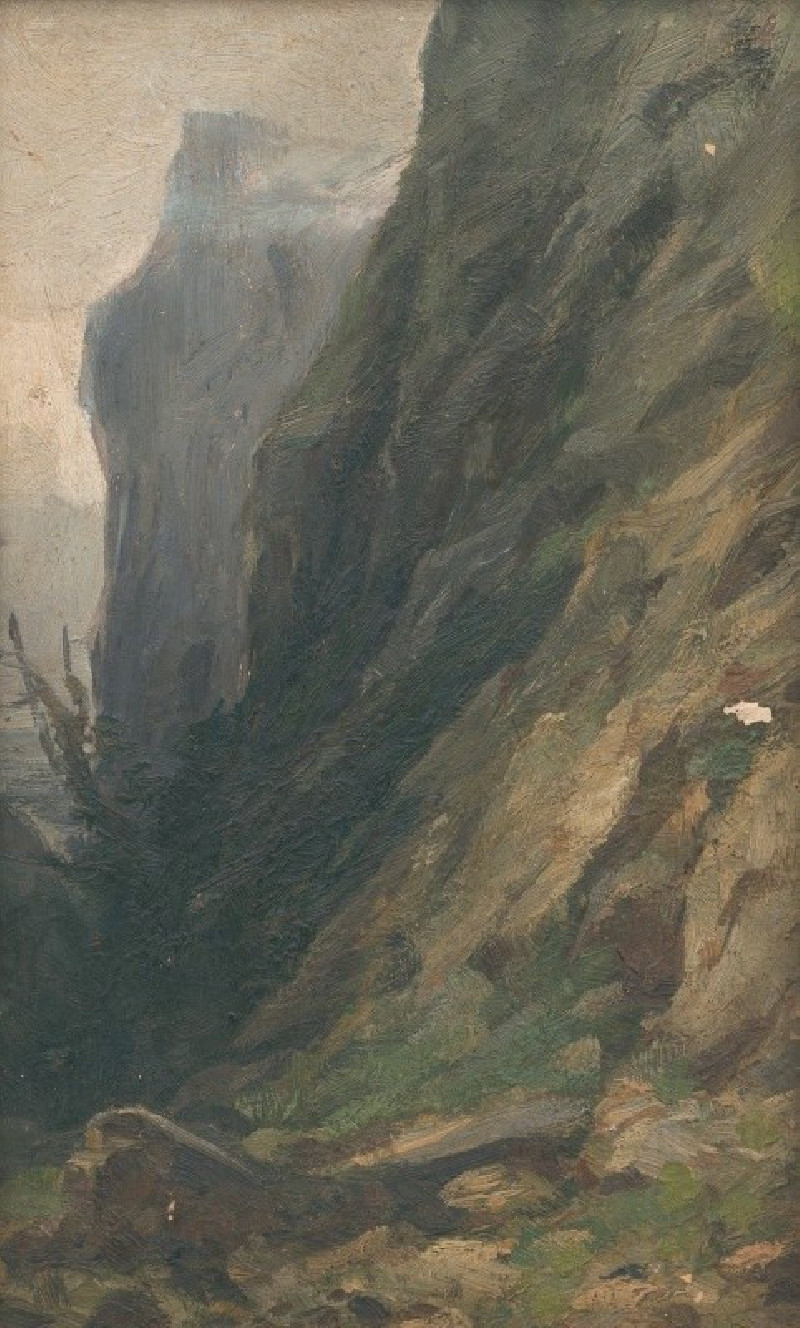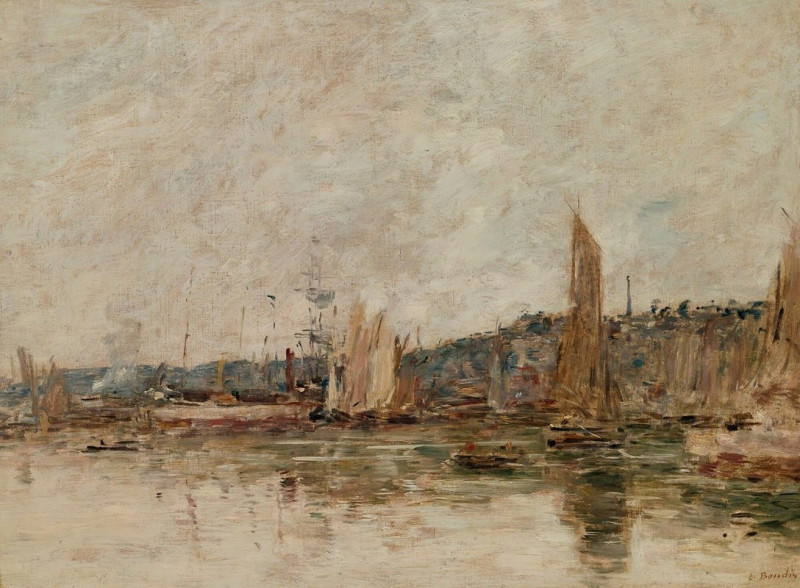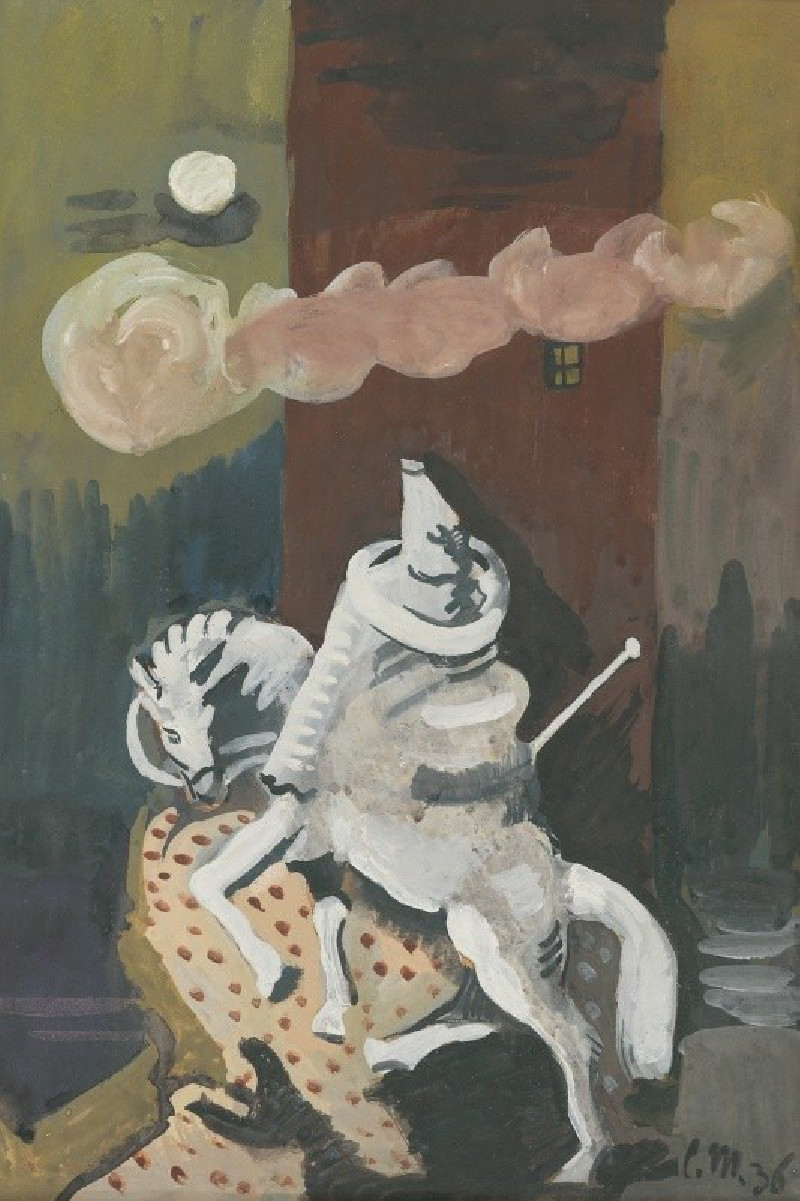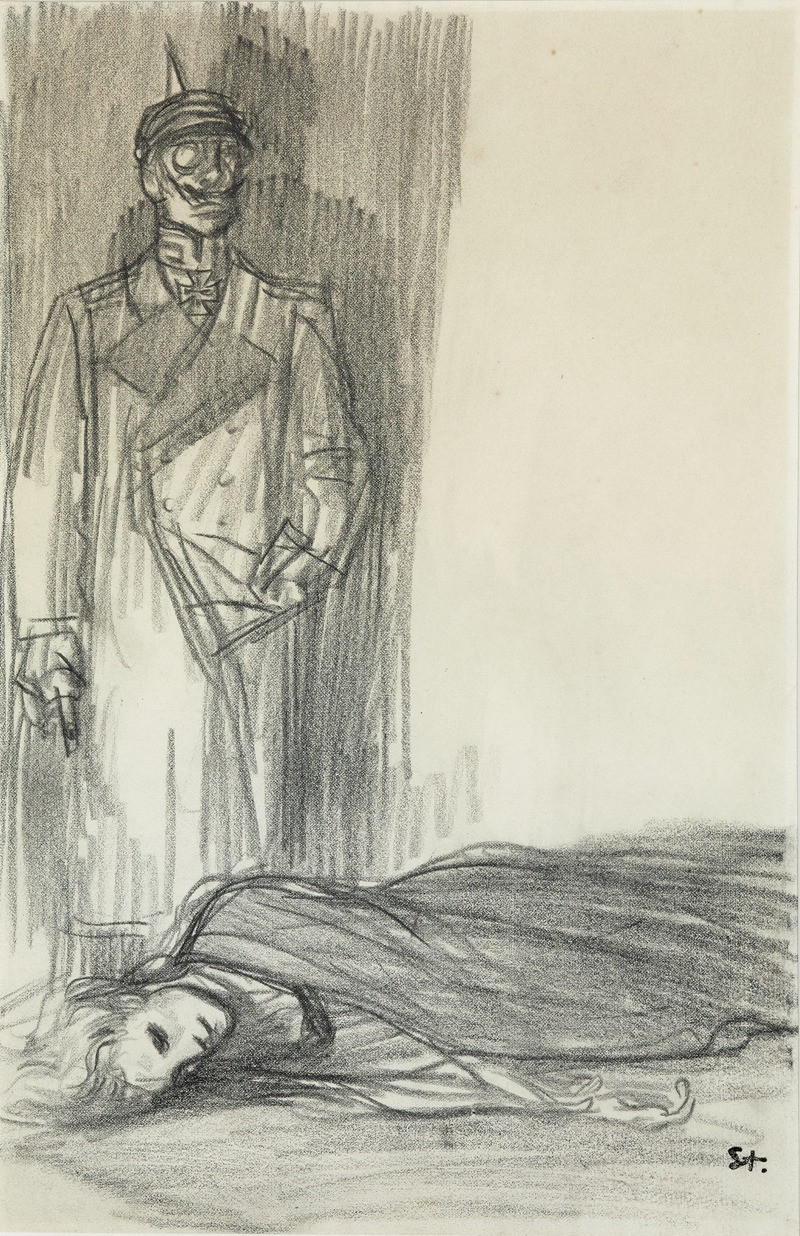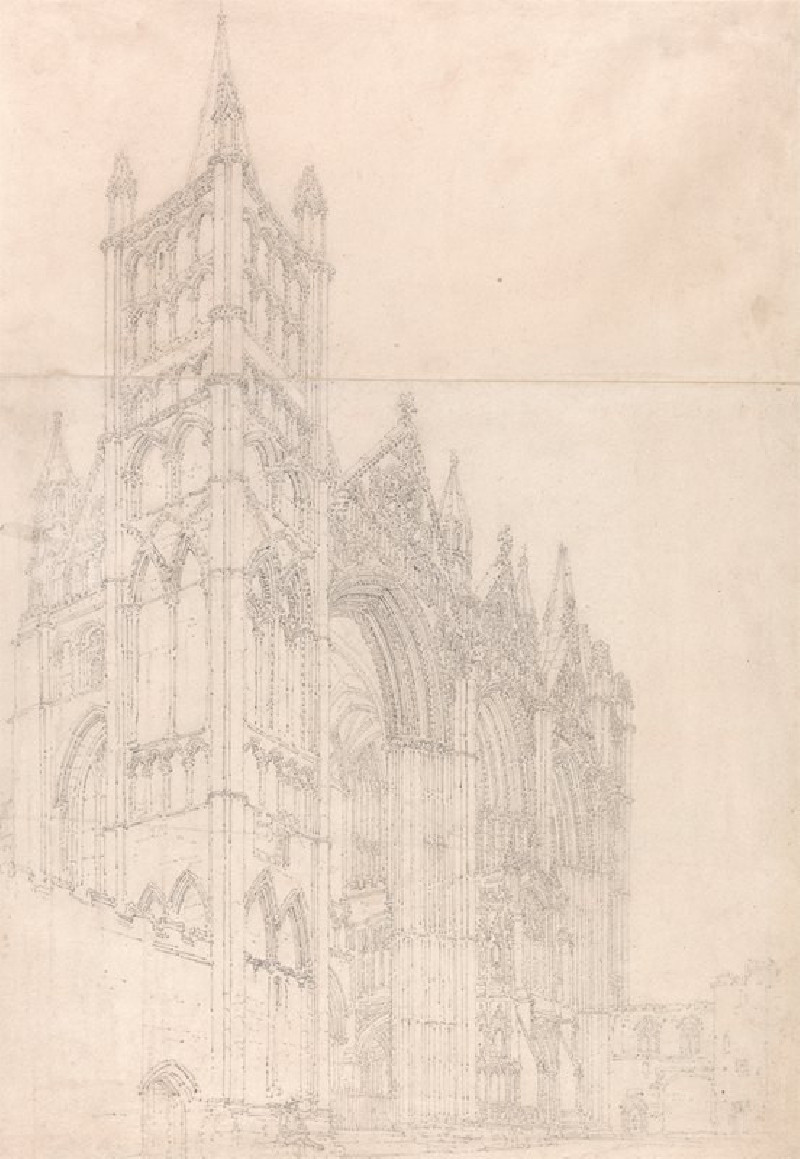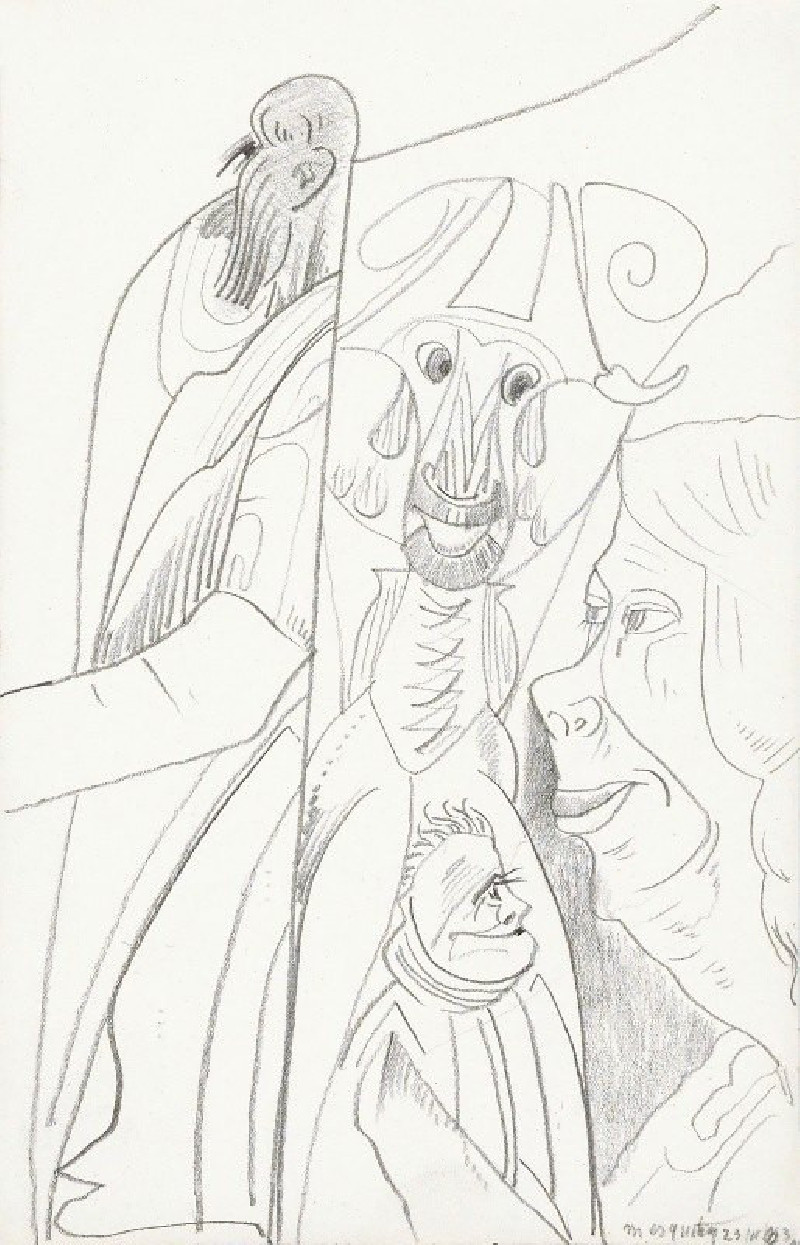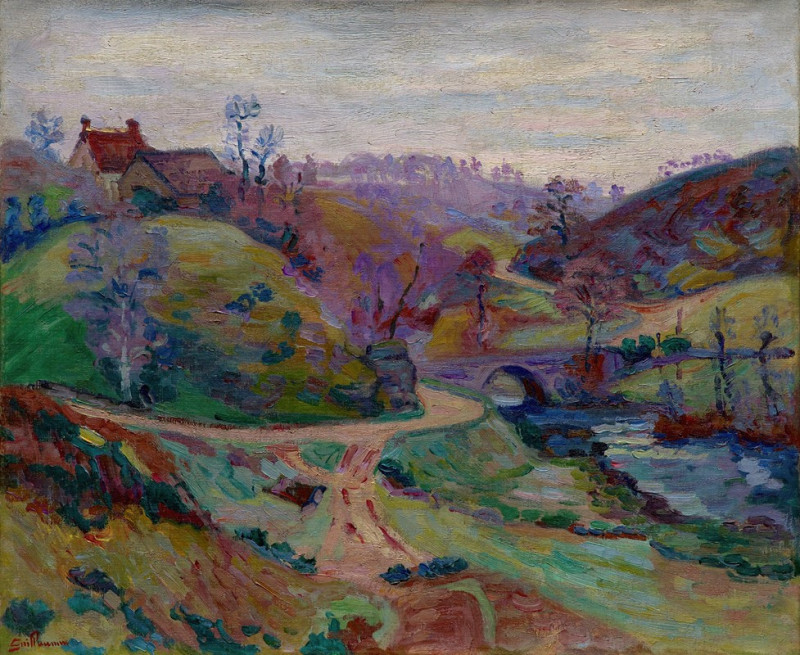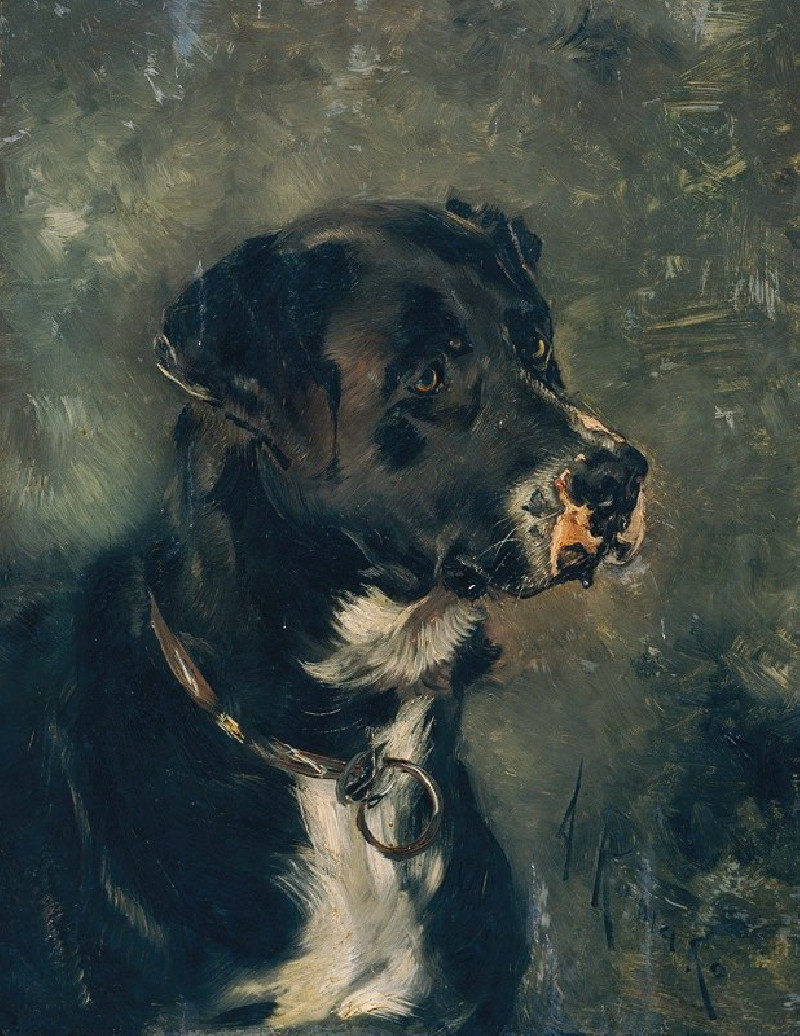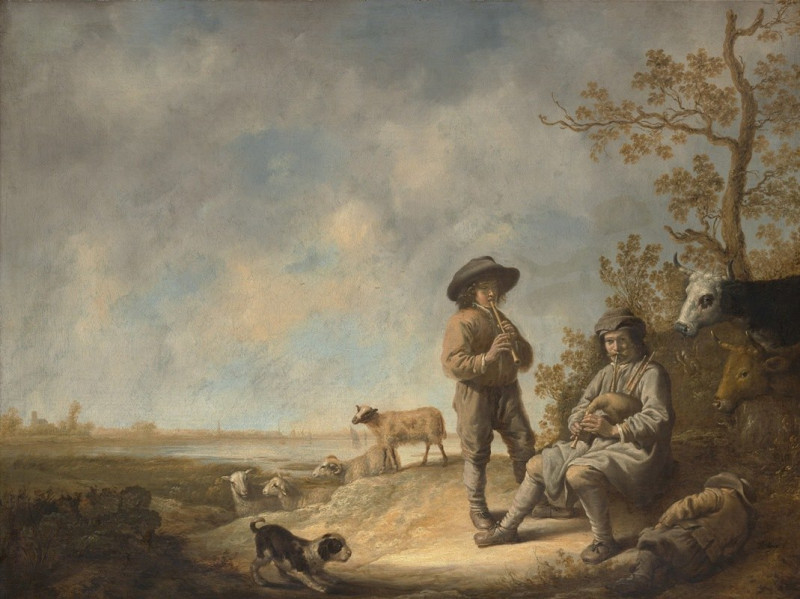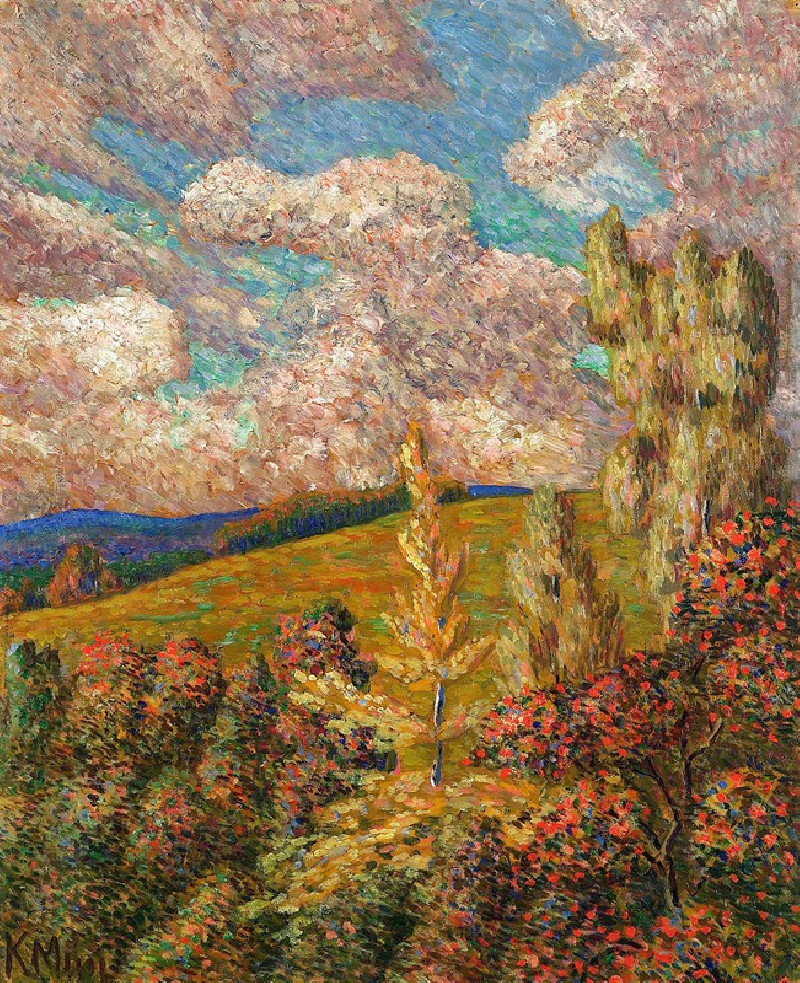Mužské akty (1924–1927)
Technique: Giclée quality print
Recommended by our customers
More about this artwork
Konštantín Bauer's "Mužské akty," created between 1924 and 1927, presents a striking study of the male form expressed through bold, spontaneous strokes and a restricted palette. The artwork showcases several male figures, depicted in various poses that draw the viewer's eye across a complex interplay of light and shadow. Bauer's brushwork is both fluid and deliberate, employing shades of black and gray to sculpt the figures out of the surrounding darkness.This painting reveals Bauer's fascination with the human form, particularly the dynamics of movement and the subtleties of physical expression. The figures are rendered with a sense of raw immediacy, their muscular contours emerging from and receding into the background, suggesting both strength and vulnerability.This artwork not only captures physical form but also evokes intense emotion and drama, offering a glimpse into the artist's exploration of identity and humanity.
Delivery
Returns
Konštantín Bauer was a Slovak painter.
Konštantín Bauer was born on November 24, 1893 in Slovenská Ľupča. He spent his childhood in Banská Bystrica. At the age of fifteen, he moved with his parents to Košice, where he graduated from high school. After graduating in mechanical engineering in Budapest in 1915, he worked briefly as an engineer in Novo Mesto pod Šiatrom. From 1916 to 1918 he worked as a railway engineer in Transylvania and then as a civilian employee at the Ministry of War in Vienna.


